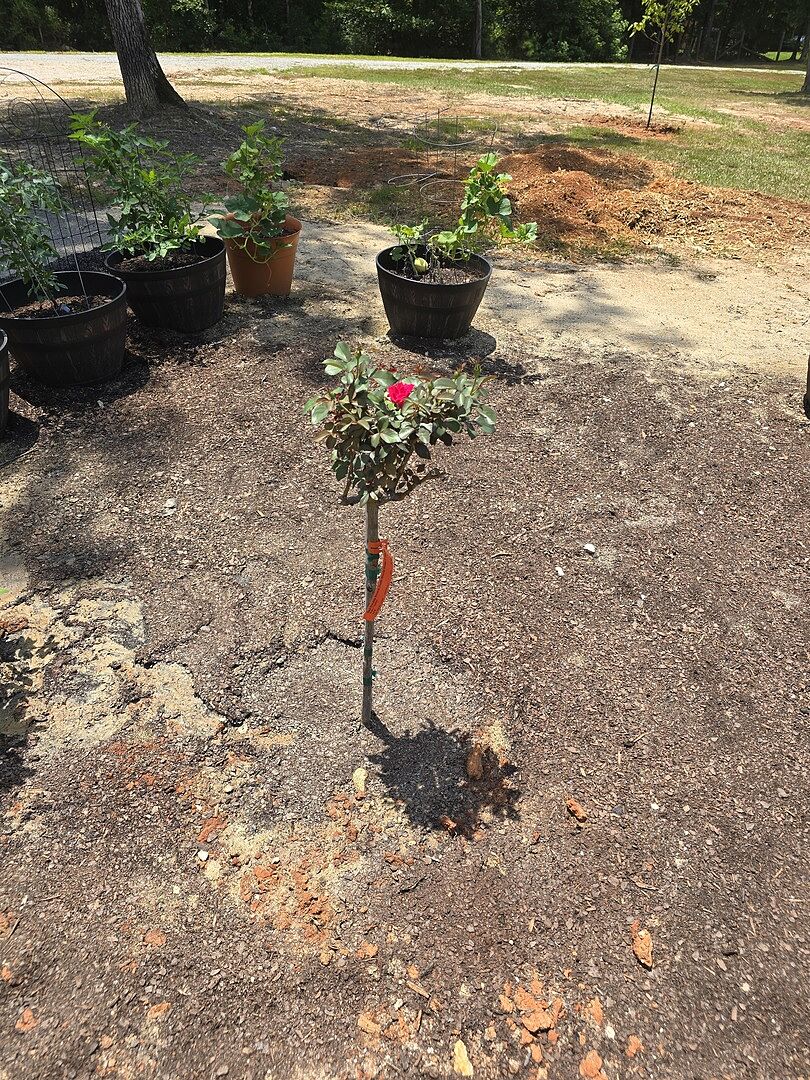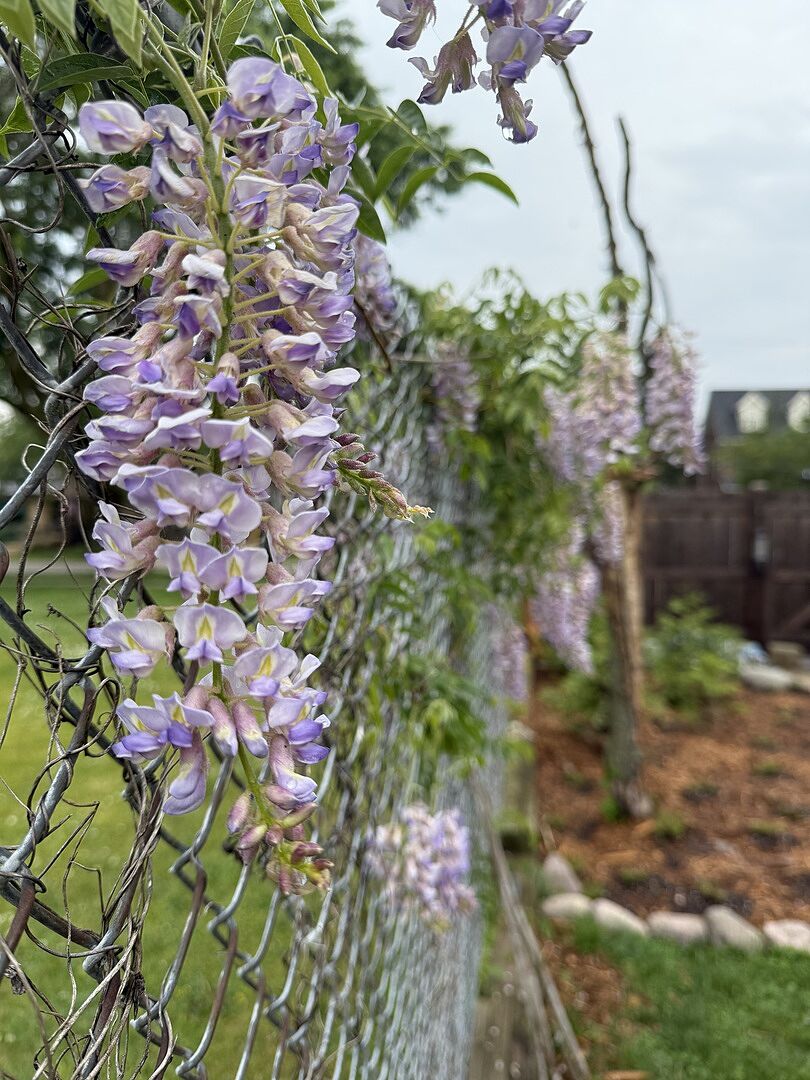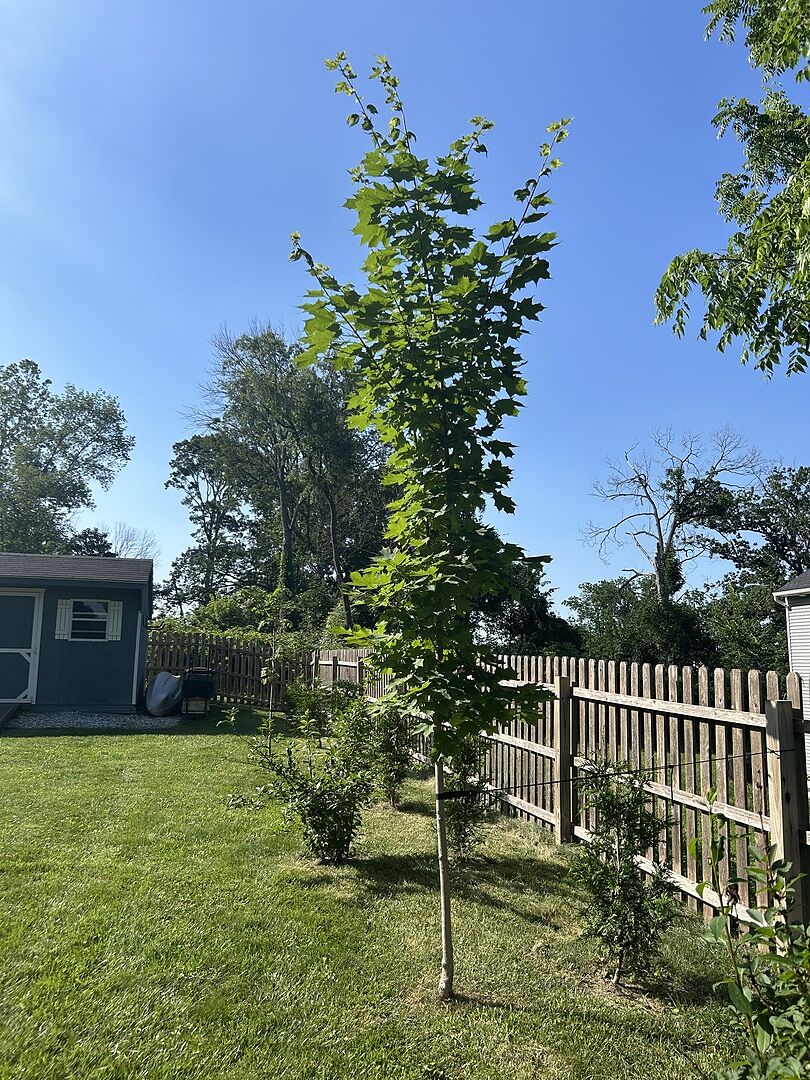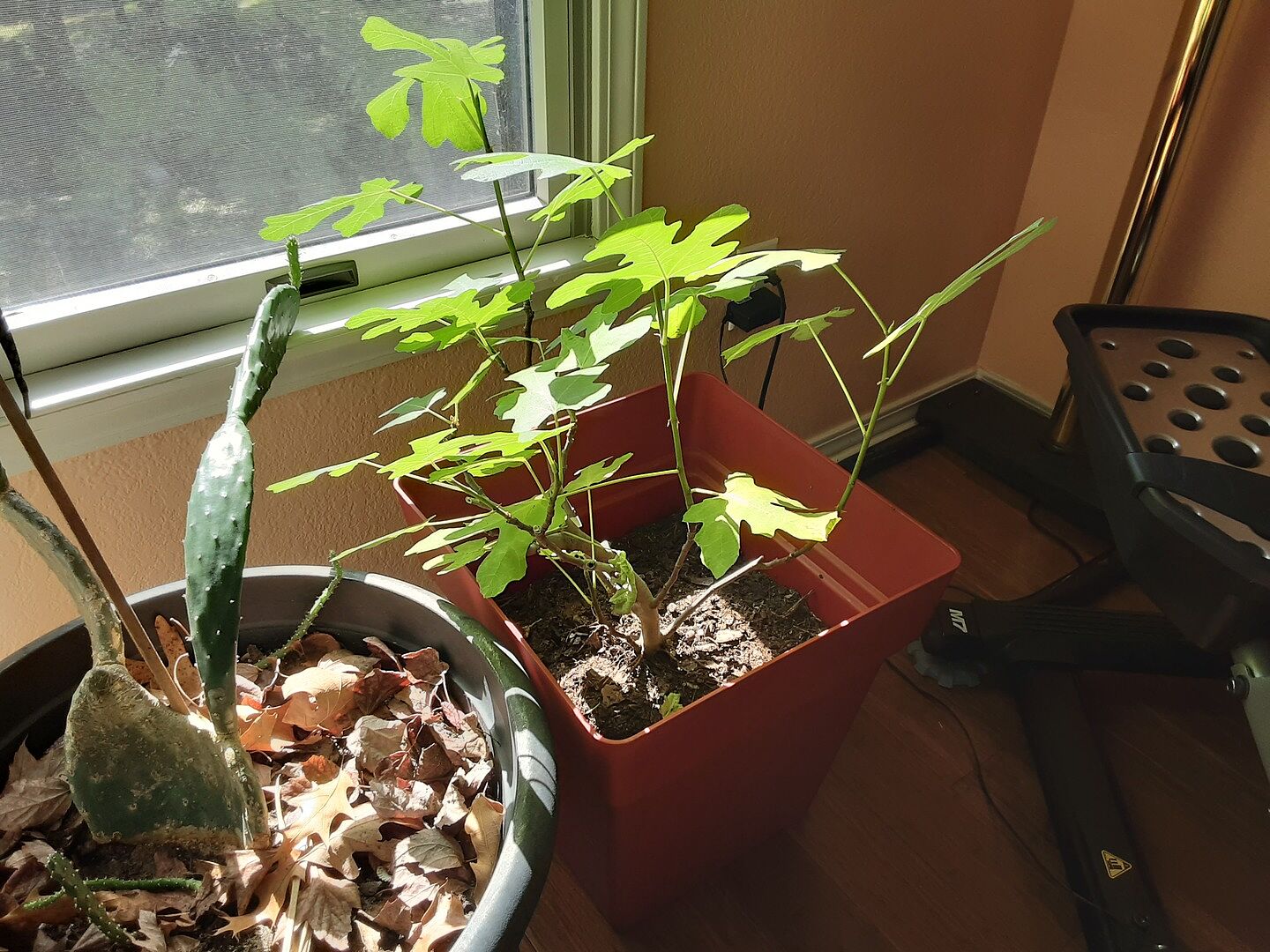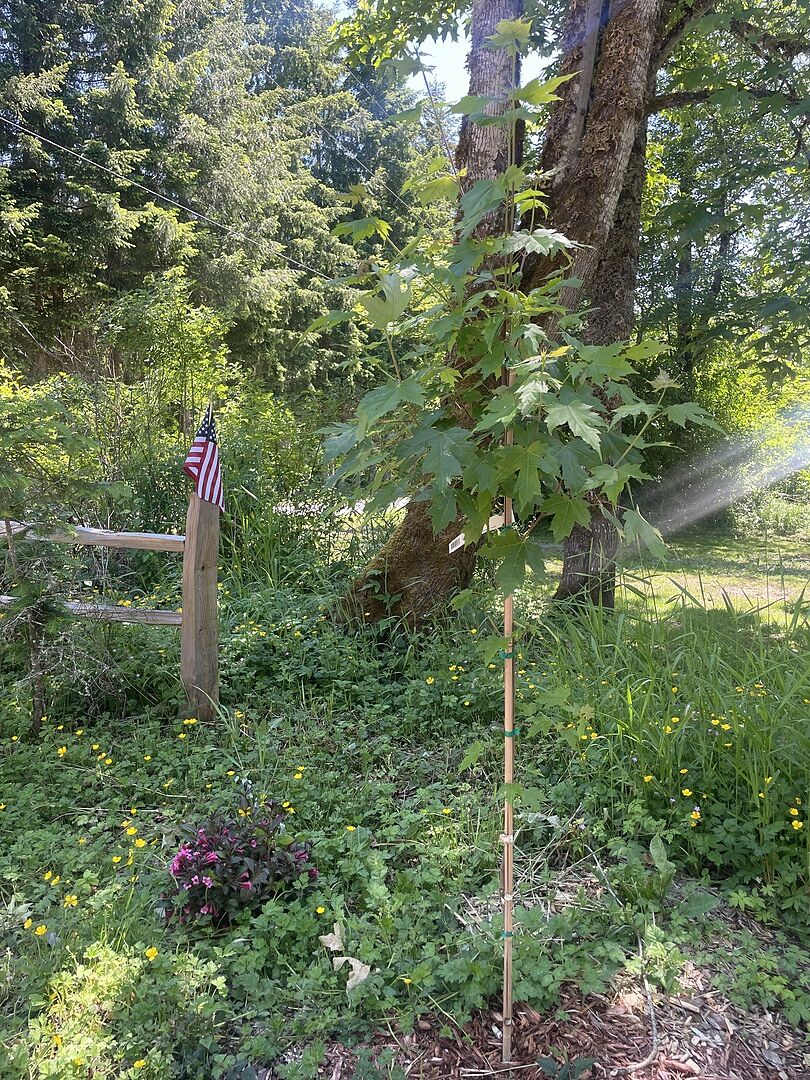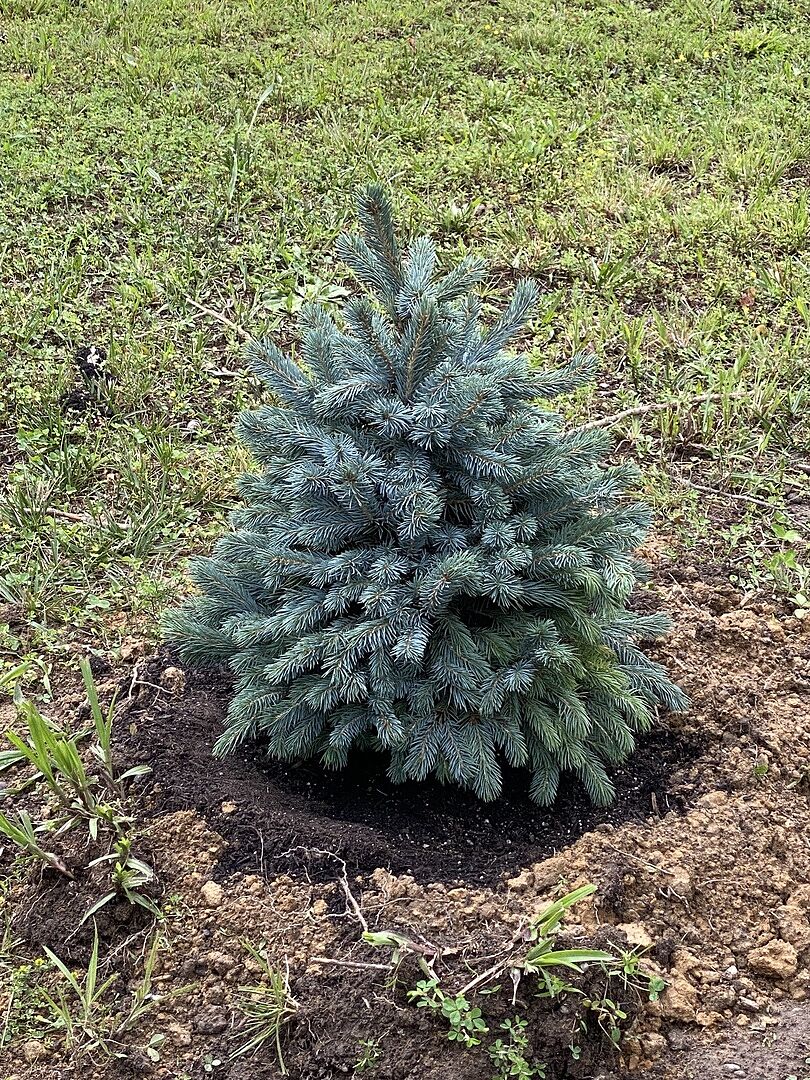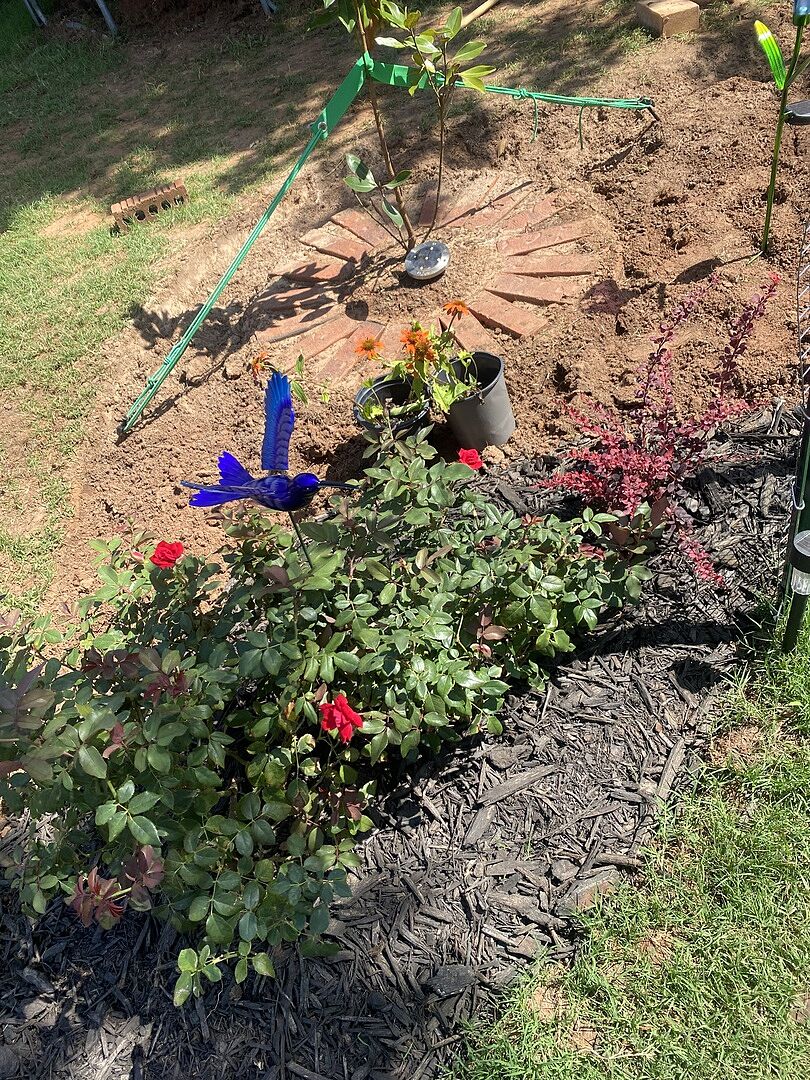Thuja vs. Leyland: Which Privacy Tree Wins?

Last updated: May 30 2019

What do people want? Privacy! When do they want it? Now! There are a lot of options to plant as far as evergreen trees that can be used as a natural privacy barrier. Privacy trees are living fences that keeps wandering eyes away from homes and yards - and help block out neighbors' homes and other views you might want to avoid.
Once planted, some privacy trees can grow upwards of five feet per year, quickly turning your space into your own private oasis. However, when choosing an evergreen tree to plant, don’t rush! Take your time to determine which trees will fit best in your landscape and flourish in your climate.
Here, we're comparing two of the most popular privacy trees: the Leyland Cypress and the Thuja Green Giant.
Thujas and Leylands
The Leyland Cypress is a cross between the Monterey Cypress and Alaska Cedar. Pollen spread from the Monterey Cypress to the cones of the Alaska Cedar, and once the pollinated seeds of the Alaskan Cedar were planted, the Leyland Cypress was born. As a result of the cross, Leylands are tough, cold hardy and can survive in a variety of poor soils. Their most popular use is for hedge rows and privacy trees.
Leylands have all of the common characteristics of cypress trees. They are soft-wooded with small cones, flat and scale-like green foliage, and a woody, sweet and spicy scent.
The Thuja Green Giants, which are often referred to as Green Giant Arborvitaes, are the result of a Thuja Standishi and Thuja Plicata cross-pollinating. As a result of this cross, Green Giants have light, feathery foliage and a quick growth rate. Their fast growth rate makes them a must-have where instant privacy is needed.
Thuja wood has commonly been used to make fences and instruments, including guitars. Thujas have also been used to make chests and furniture that naturally repels pests with their sweet, musky scent, similar to Eucalyptus trees.
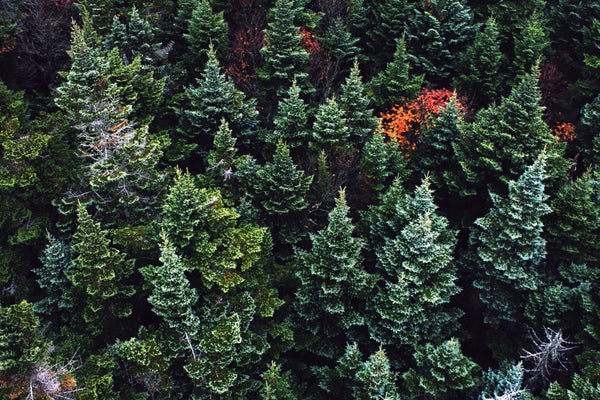
Size
When purchasing privacy trees, it’s important that you choose a variety that grows tall enough. If you have a wider space to cover, you’ll also want a tree that grows wider, rather than remaining tall and narrow.
Leyland Cypress trees can reach heights between 40 to 60 feet at maturity and 20 to 25 feet wide. They should be planted about 6 to 10 feet apart.
Mature Thuja Green Giants grow to about 20 to 40 feet tall and 12 to 20 wide, making them a smaller option than the Leyland. Thujas should be planted about five feet apart for a hedge or privacy row.
Both of these trees have fast growth rates of between 3 to 5 feet per year after they become established, making them perfect for quick privacy coverage.
Appearance
When it comes to your landscape, plan ahead before planting and consider what each plant would look like as an addition to your yard.
Leylands have thick, dense foliage with a darker shade of green. They can sometimes appear to have a dusty blue hue, with flat, scaly needles that appear soft and textured. Plus, they have an upright pyramidal shape that’s uniform and eye-catching.
Thujas have thick foliage that creates a dense privacy screen. The foliage is a shade of rich green and has a feathery, textured look. The flat leaves burst forth in sprays that cause the foliage to stand out against itself. Thujas have the triangular shape that we often think of when it comes to Christmas trees.
Plant Hardiness
Not every tree flourishes in the same climate as others. Different trees have different cold hardiness levels, heat tolerances, and drought tolerances.
The Leyland Cypress can handle the heat. They are recommended for growing zones 6 through 10 and grow extremely well in the Southernmost parts of California, Texas, Florida and more. These evergreens can tolerate a small amount of ice and snow and have a cold tolerance down to about -10 degrees Fahrenheit. Leylands do well in a variety of poor soils, sandy soils, and soils with a high salinity. They’re an excellent choice if you’re looking for a tree to plant near the coast.
Thuja Green Giants have a higher cold tolerance than Leylands. They are recommended for growing zones 5 through 9 and have a cold tolerance down to -20 degrees Fahrenheit. A difference of 10 degrees may not sound like much, but it makes a big difference. They can handle more snow and ice than Leyland Cypresses, and create shelter for wildlife during harsh winter conditions. While Thujas are also tough and thrive in a variety of poor soils, they can’t handle high salinity levels in soil or extra hot conditions.
Care Requirements
Some trees are more sensitive and require a little more TLC than others. Leylands and Thujas have small differences when it comes to their care requirements.
Leylands need at least six hours of sunlight to flourish and will yield better results if planted in full sunlight. Leyland Cypress Trees will adapt to your natural soil, but they do prefer slightly acidic soil.
Give your Leylands about an inch of water per week during the growing season and keep their soil moist (though not oversaturated). Leyland Cypresses typically don’t need any fertilizer, but if you know that your lawn is lacking in nutrients, you can feed your trees a well-balanced organic fertilizer, like formula 10-10-10.
Thuja Green Giants do well in full to partial sunlight and need at least six hours of sunlight a day in order to thrive. They can tolerate full sunlight and will benefit from a little shade. These evergreens aren’t picky about soil and will grow in soils ranging from basic to acidic. Check on your Thujas every few days to determine when they need more water.
The soil should be dry about one inch below the surface before you water them again. Thuja Green Giants don’t need any fertilizer, unless you know that your yard is lacking in nutrients. If you need to fertilize your Thujas, give them a well-balanced organic fertilizer like formula 10-10-10.
Disease Resistance
While both the Leyland Cypress and the Thuja Green Giant have impressively easy growth, the Thuja Green Giant in particular is known for its disease resistance. Thujas have no significant insect or disease problems, which means you'll get fast-growing privacy without worrying about spraying your trees.
Leyland Cypress trees are somewhat more susceptible to issues like blight, canker and root rot, and they can develop brown foliage if exposed to too much winter weather. However, with proper spacing, soil and climate conditions, you can avoid these issues! Both trees make an excellent choice for healthy, fast-growing privacy trees.
Which Tree Wins?
Pick your favorite! While Leylands and Thujas have subtle differences at first glance, they will differ greatly in your landscape. It's always best to choose the tree that is most suited to flourish in your area. After planting a row of these privacy trees, they will quickly spring up to shield your home and add privacy.
Need a quick reminder when evaluating Thuja Green Giants vs. Leyland Cypresses? Check out the table below:
| Mature Height | Mature Width | Growing Zones | Foliage | Key Features | |
| Thuja Green Giant | 30-50 ft. | 12-15 ft. | 5-8 | Rich green foliage that stand out in sprays | More cold-hardy and can tolerate snow and ice, as well as poor soil |
| Leyland Cypress | 40-60 ft. | 20-25 ft. | 6-10 | Feathery, soft foliage in a deep green | More tolerant of heat and drought, as well as poor soil and salt |

Written by
Blair Brown
Blair is the Content Marketing Manager at FastGrowingTrees.com, and though she's not your traditional gardener, the planting world is definitely growing on her (pun intended!). She's enjoyed digging into plant care and maintenance and growing her plant collection, especially with exotic indoor varieties.
Featured Product

Leyland Cypress Tree
644 reviewsStarting at $26.95

































































